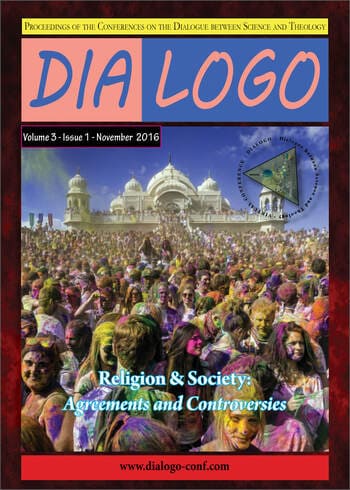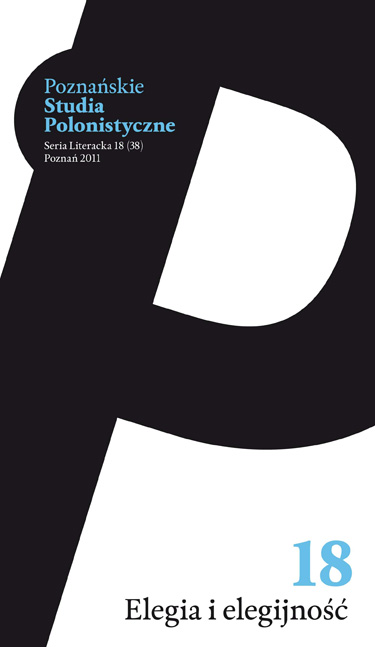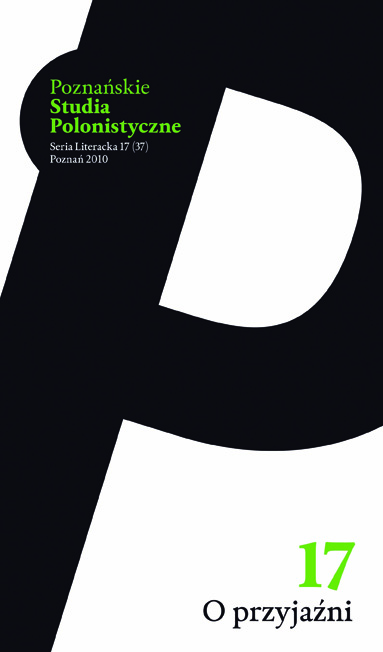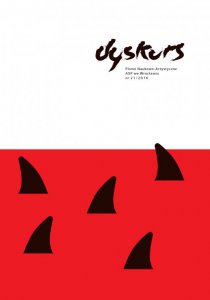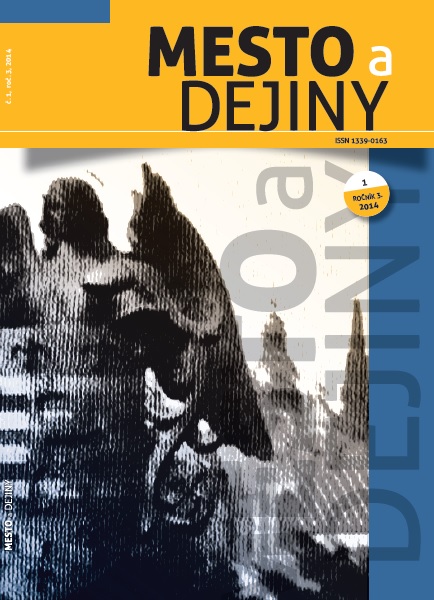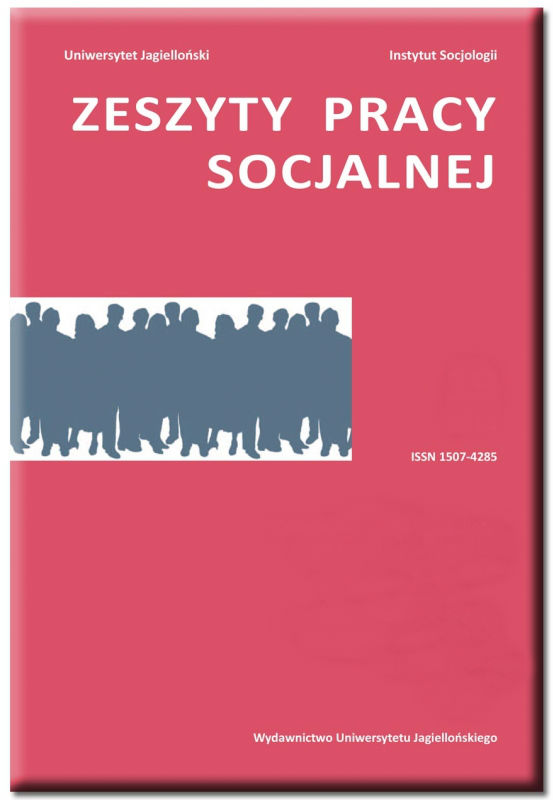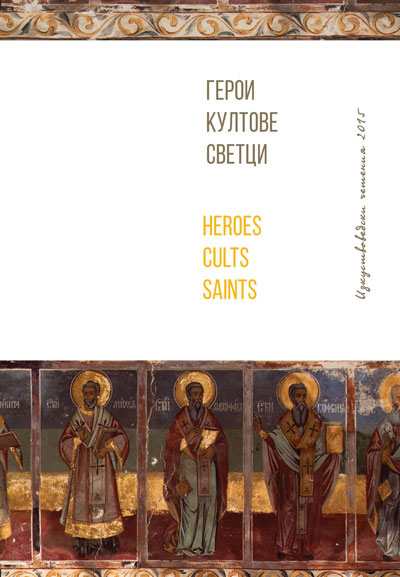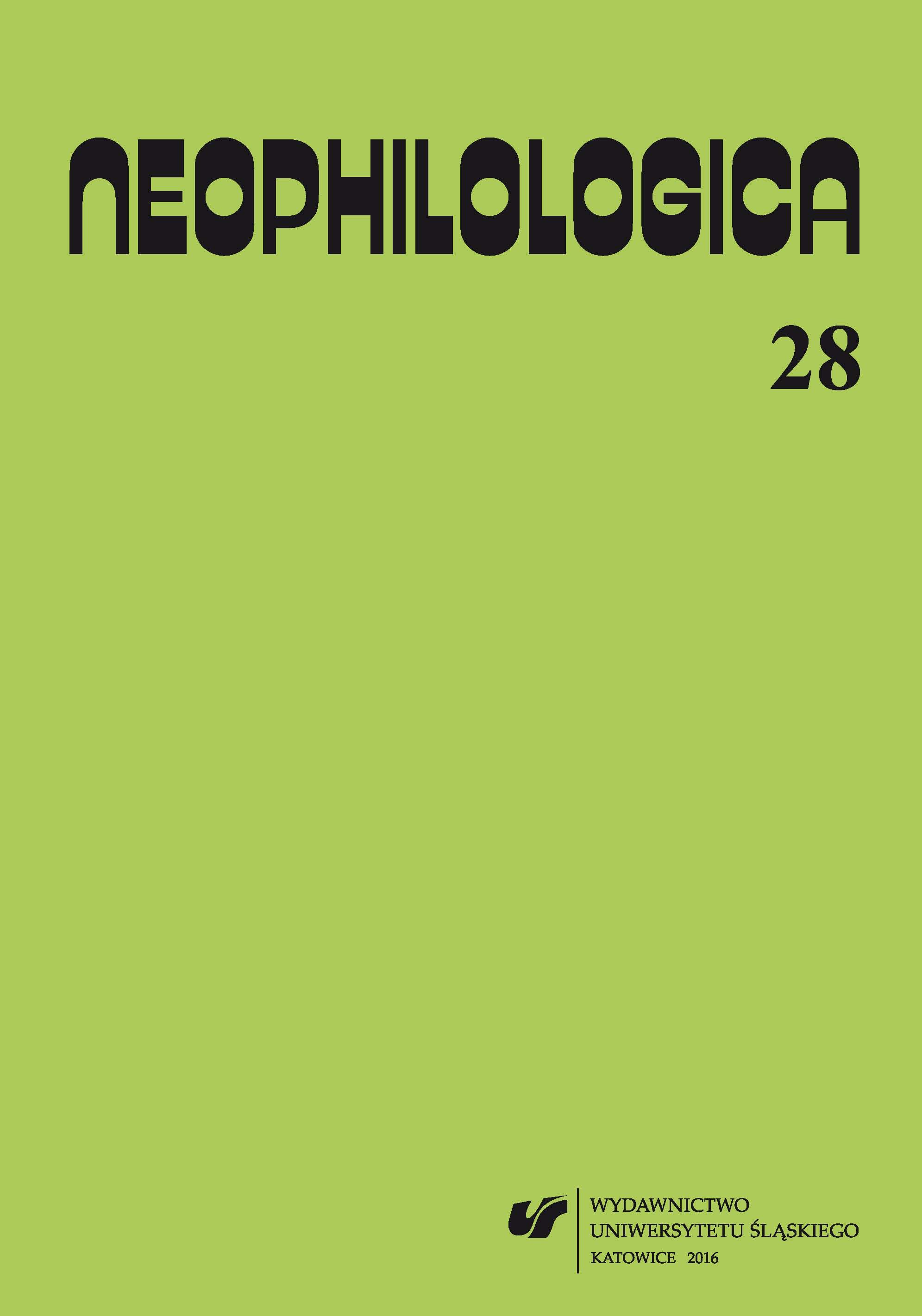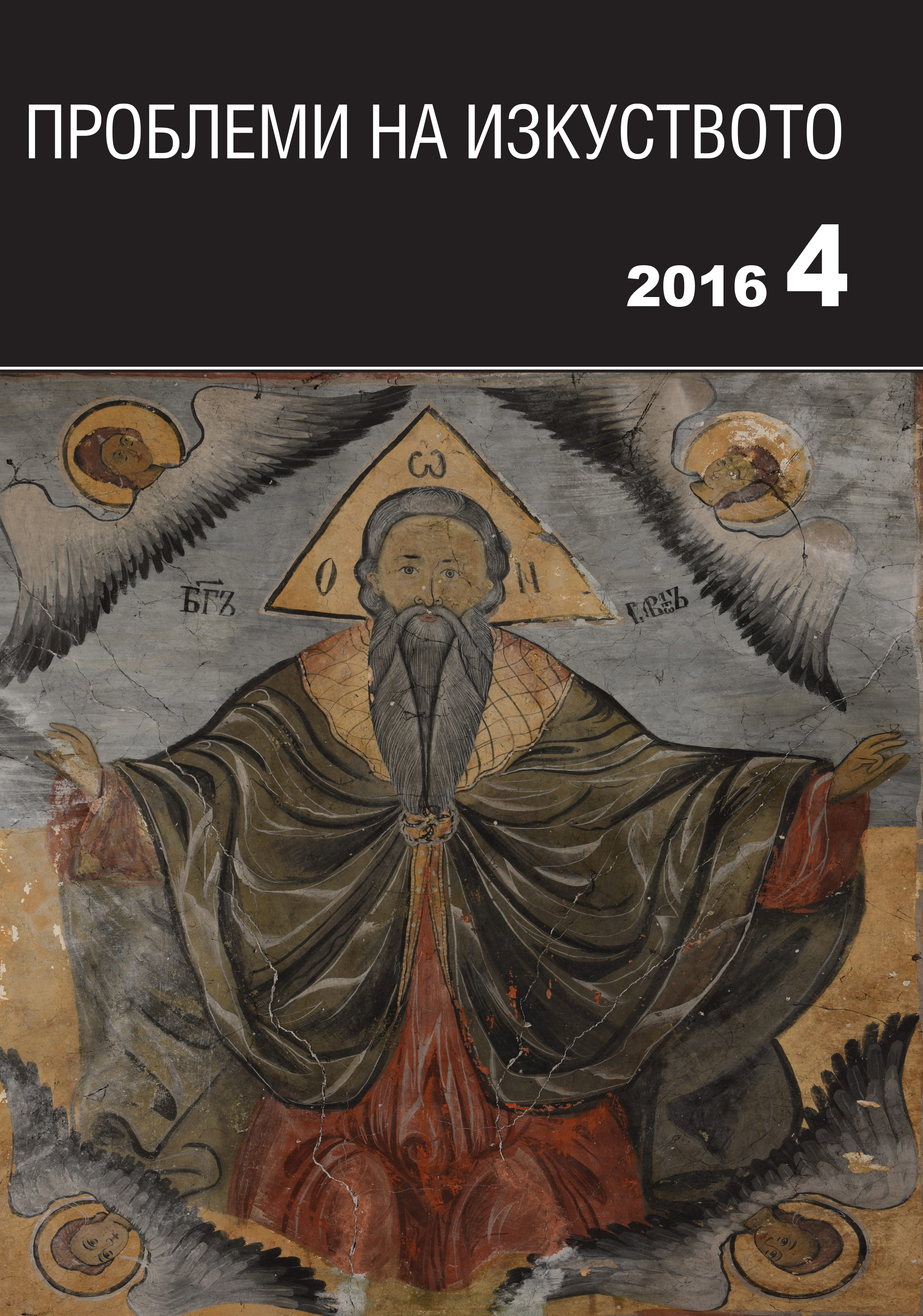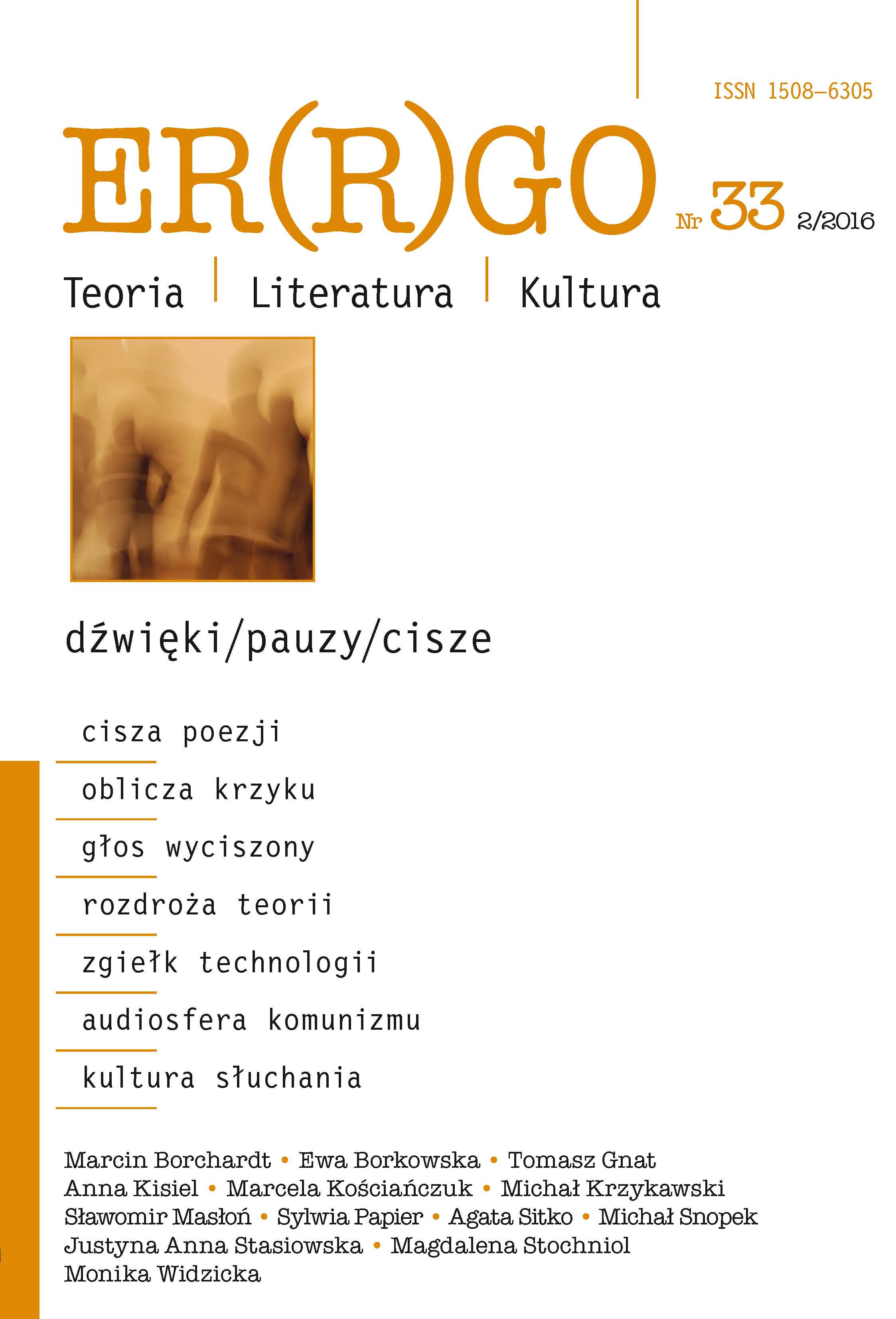
Muzyczne marzenia senne jako źródło inspiracji dla kompozytorów: wprowadzenie
The goal of this paper is to present musical threads in dreams of selected 20th century leading classical music composers. Musical dreams may come during the period of writing the piece, affecting its shape (Edgar Varèse, Igor Stravinsky), or appear totally unexpectedly, giving an impetus to compose a new work (Karlheinz Stockhausen, Mauricio Kagel). Dreams are a potential answer to the concerns of composer (Threni) or a source of inspiration for a short fragment of musical material (Arcana, Histoire du soldat), instrumentation (Octet), some specific features of the piece (The Rite of Spring, Musik im Bauch, Tierkreis, Helikopter-Streichquartett, Himmels-Tür), or even a course of the whole composition (Trans, Match). It is also interesting to observe the occurrence of musical dreams featuring intensive colours. The examples are referred to the current state of research on links between music and dreams. The studies of a group of scholars from the University of Florence, working under Valeria Uga, or Irving Massey, American working in neuroaesthetics, present the statements of composers concerning the pieces inspired by the music heard in a dream in new light. These results provide further evidence that making use of this alternative source of work is possible.
More...
